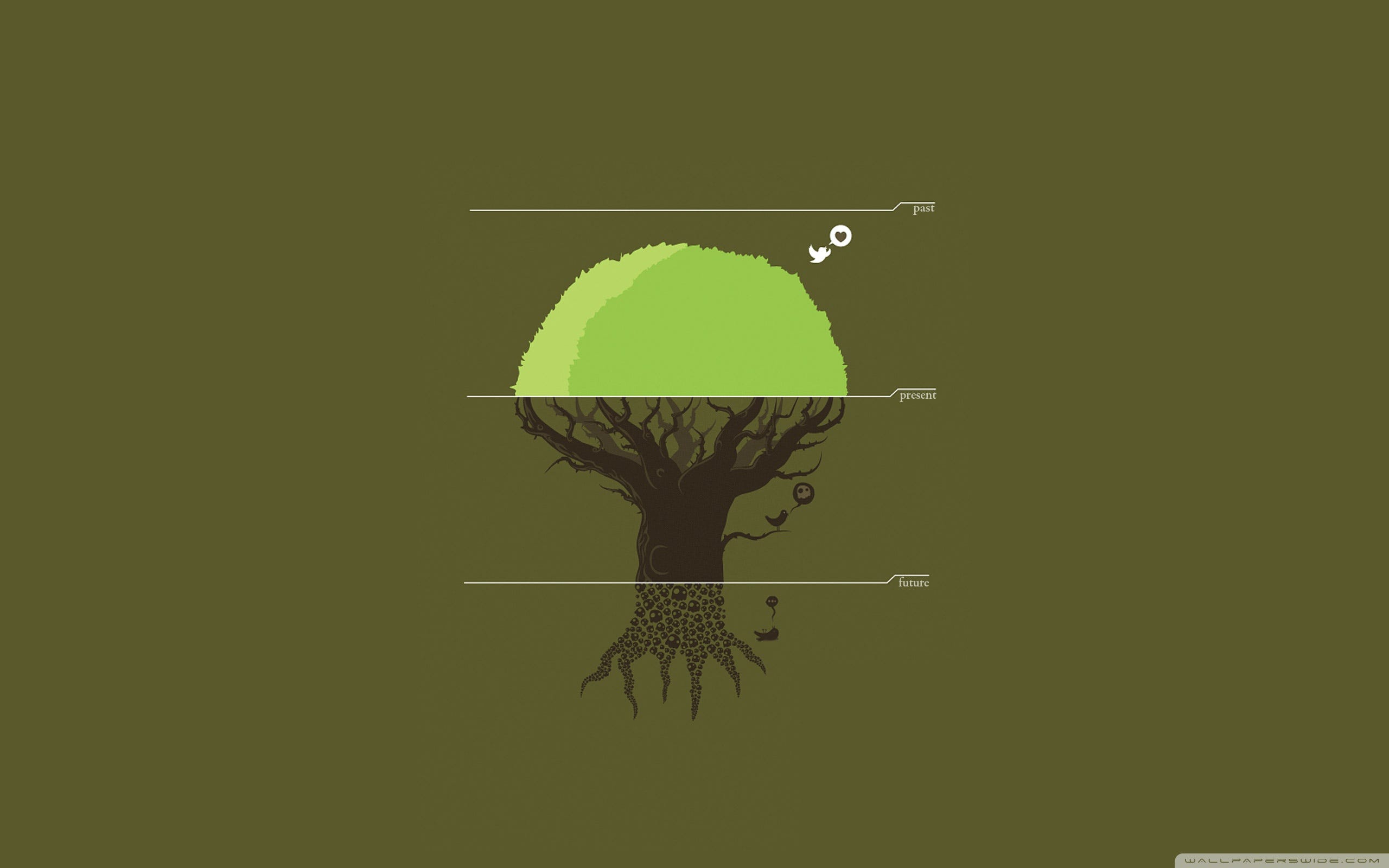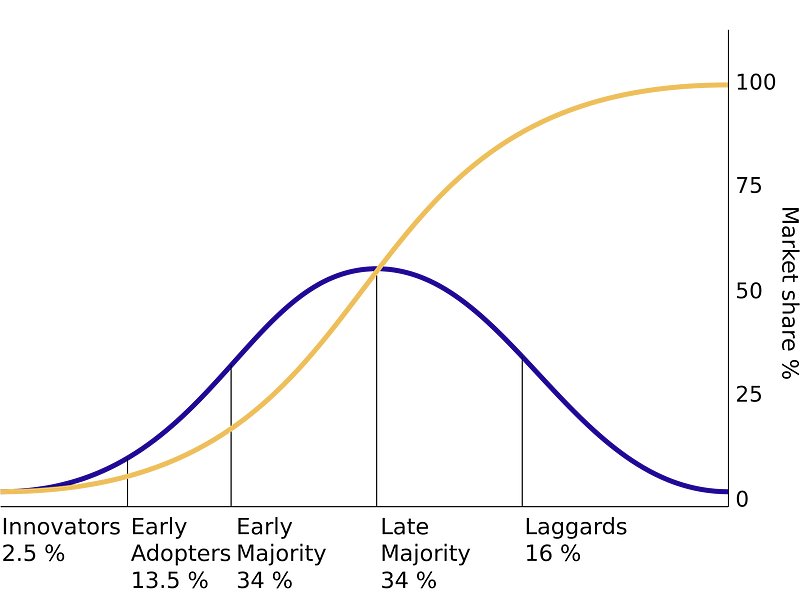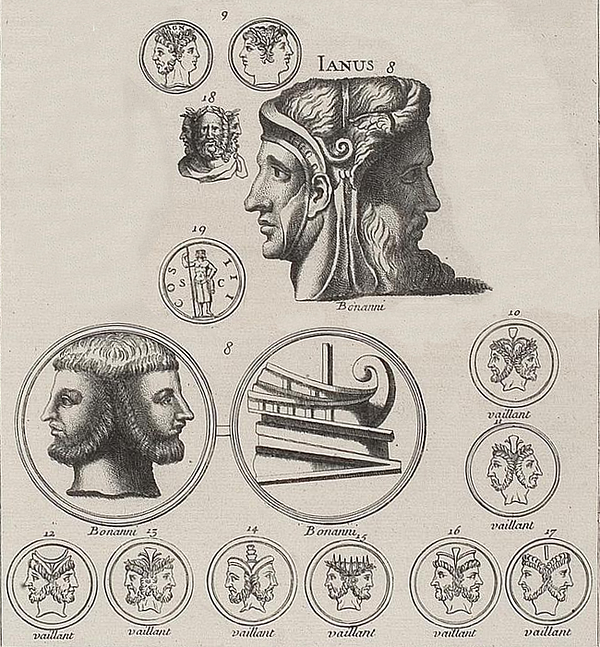
“We must welcome the future, remembering that soon it will be the past; and we must respect the past, remembering that it was once all that was humanly possible.” — George Santayana (Spanish philosopher, essayist, poet, and novelist)
In ancient Rome, Janus is the god of beginnings, births, transitions, time, duality, doorways, passages, and endings. Janus is depicted as having two faces, one face looks to the future AND one face looks to the past.
For today’s Thursday Thought I would like to propose we consider the symbol of Janus as a way to frame the reinvention of individuals and of organisations.
When we rest on the laurels of past successes, we put our future in jeopardy. When we dwell on our mistakes, we get stuck in the past.
A Janus view does not get stuck in either the past or in the future, it uses past experiences to build the future.
“Reinvention” And “Innovation”?

“You can’t really understand what is going on now until you understand what came before.” — Steve Jobs
Our guest on this week’s innovation show Dr Nadya Zhexembayeva advises that we consider the term “Reinvention” over the term “Innovation” when it comes to organisational transformation. To understand Nadya’s rationale let me give a very brief overview of the theory of diffusion of innovations.
The diffusion of innovations is a theory that seeks to explain how, why, and at what rate new ideas and technologies spread. Think of your personal experience, you will certainly know at least one person who always has the latest unknown gadget, reads unheard of books or listens up-and-coming bands nobody has yet heard of. That person may have been the person who introduced you to Whatsapp, been the first to have the latest iPhone or bought bitcoin in the early days. Let’s call that person the innovator.

Next comes the early adopters, the early majority, the late majority, and finally the laggards. The laggards are those people who are dragged kicking and screaming into the present. (They are the people who ignore the notifications to update their phone software until they absolutely have to do so.)
Innovators are open to new ideas and take risks, they are often the first to develop new ideas, but make up a mere 2.5% of the diffusion. They do not need external validation, they do not need others to try the idea before they do, but they will make up a very small majority of your organisation. If only 2.5% of your people are potential innovators (according to the diffusion curve) and then you consider how innovators must overcome organisational resistance, corporate ostracisation and a lack of support structures the actual percentage of innovators in organisations must be a tiny fraction of 2.5%. If we agree a very small fraction of innovators make it through the various levels of resistance, then we must be cautious with our use of the term Innovation.
Using the term Innovation can trigger the corporate amygdala. The term can suggest a significant change to the status quo and send many of your people into fight or fight mode. In contrast, if we use the term “Reinvention”, it has a more positive impact on your people. Reinvention not only honours the past, but builds upon it, recognising the hard work of those people who got the organisation to where it is today. Reinvention uses the past as a springboard to build the future.
In this age of hyper change, we need Janus leaders. Janus leaders are futurists, who are focussed on the present and respectful of the past.
Janus leaders realise that an organisational (and personal) purpose is an essential ingredient for success. Without a compelling vision of the future, the past can hold us back and the present can distract us, this is why the Janus leader must craft a purpose that acts as a magnetic force to pull the organisation into the future through the many challenges we will encounter on the path.
This week’s Innovation show is Episode 162: “Titanic Syndrome: Why Companies Sink and How to Reinvent Your Way Out of Any Business Disaster with Dr. Nadya Zhexembayeva
The fast-moving up-and-down economy we live in makes keeping our companies afloat increasingly difficult. Just as we handle one crisis, another appears.
Digital, millennials, new regulations, new competition, political turmoil, Artificial Intelligence, Industry 4.0, Blockchain, sharing economy, circular economy, substitute products, you name it — the waves of disruption come crashing faster and faster, fundamentally changing the way we work, profit, and compete.
For nearly 20 years, our guest has worked in the field of survival and sustainability — researching and developing ways for businesses to stay afloat, no matter what the disruption. To understand the mechanics of survival, it helps to look at the successes and failures of the past.
We talk:
- Embracing Change and Transformation
- Personal Transformation
- A definition of Titanic Syndrome
- The 3 markers of Titanic Syndrome:
- Arrogance
- Excessive Attachment to Past Successes
- An Inability to Recognise the new and Emerging Reality
- The reasons the Titanic Sank
- The definition of Reinvention
- The ingredients of Reinvention
- Personal Reinvention
- Reinvention versus Innovation
- Solutions for Reinvention
Have a listen:
Soundcloud https://lnkd.in/gBbTTuF
Spotify http://spoti.fi/2rXnAF4
iTunes https://apple.co/2gFvFbO
Tunein http://bit.ly/2rRwDad
iHeart http://bit.ly/2E4fhfl
More about Nadya:
https://chiefreinventionofficer.com/
http://Chief Reinvention Officer
Nadya Ted Talk here:
